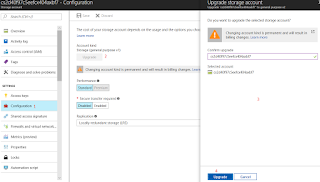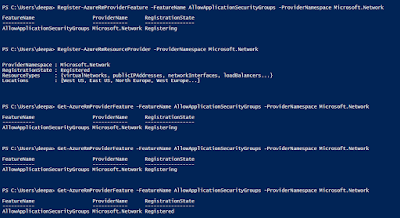Demystifying System and User Define Routes of Azure

As Virtual Network is created, Azure automatically create its own route tables for that Virtual Network, so that all the packets which enters the virtual network can traverse within its address prefix and leave the subnet for its destination. These are known as the Default Routes . We can’t modify these routes; however, we can add our custom routes on top of default routes for the traffic leaving the subnet. These custome route is known as User Define Routes . In this case, we are modifying the default behaviour of packets routing but still the internal and external routing of packet is done by virtual network to ensure that our packets are never hijacked. In another word, we are adding routes and requesting virtual network to routes traffic in the way we want. So far its not possible to route the traffic independently bypassing the Azure Virtual Network routing mechanism and for security reason I do not think this will ever be possible. Common Use Case of UDR: ...




